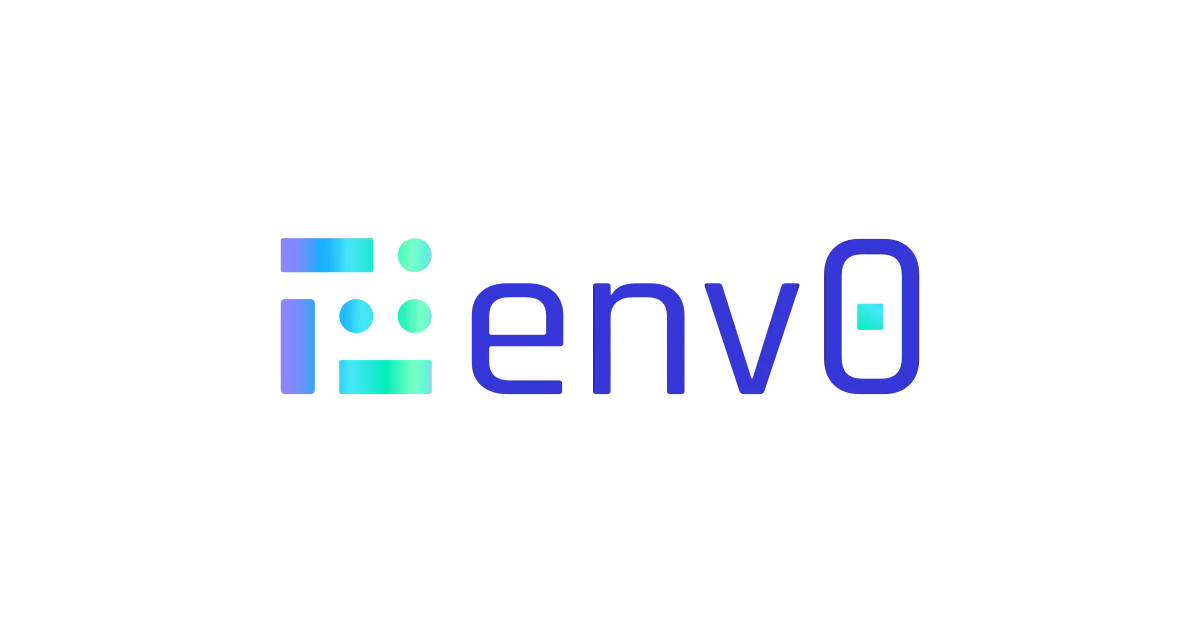
is a powerful infrastructure-as-code (IaC) tool that allows developers to define and manage their infrastructure using a simple declarative language. As you work with Terraform, you'll often find yourself with existing infrastructure that you need to import into Terraform to manage. In this blog post, we'll walk through the process of generating Terraform JSON files and tfstate files based on existing infrastructure.
Prerequisites
Before you begin, ensure that you have the following installed and configured on your machine:
The first step is to discover and gather information about the existing infrastructure. To do this, you'll need to use the specific tools and APIs provided by your cloud provider. For example, if you're working with AWS, you can use the AWS CLI or SDKs to list and describe your resources.
check out Lightlytics which can help you discover your entire cloud footprint.
Once you have gathered information about your existing infrastructure, you'll need to generate a Terraform JSON configuration file that describes the resources. You can create this file manually, but there are also third-party tools that can help automate this process. One popular option is Terraformer, which supports multiple cloud providers and can generate Terraform JSON configuration files based on existing infrastructure.
To use Terraformer, install the tool according to the instructions on the GitHub repository and then run the appropriate command for your cloud provider. For example, to generate Terraform JSON for AWS resources, you would run:
terraformer import aws --resources=<resource_types> --regions=<regions> --profile=<aws_profile>
Replace <resource_types> with a comma-separated list of AWS resource types, <regions> with the AWS regions where your resources are located, and <aws_profile> with the name of your AWS CLI profile.
With the generated Terraform JSON configuration, you can now initialize the Terraform backend and import the existing resources into the Terraform state.
First, initialize the Terraform backend by running:
terraform init
Next, import each resource in your configuration into the Terraform state by running:
terraform import <resource_type>.<resource_name> <resource_id>
Replace <resource_type> with the type of the resource, <resource_name> with a unique name you assigned to the resource in the configuration, and <resource_id> with the ID of the resource in your cloud provider.
If you prefer working with Terraform's HashiCorp Configuration Language (HCL) instead of JSON, you can convert the generated JSON files to HCL using a tool like json2hcl. Install the tool and then run:
json2hcl -reverse < input.json > output.tf
Step 5: Verify and Manage Your Infrastructure
Finally, verify that your Terraform configuration matches your existing infrastructure by running:
terraform plan
If everything looks correct, you can now manage your existing infrastructure using Terraform commands like terraform apply, terraform destroy, and more.
Stream.Security delivers the only cloud detection and response solution that SecOps teams can trust. Born in the cloud, Stream’s Cloud Twin solution enables real-time cloud threat and exposure modeling to accelerate response in today’s highly dynamic cloud enterprise environments. By using the Stream Security platform, SecOps teams gain unparalleled visibility and can pinpoint exposures and threats by understanding the past, present, and future of their cloud infrastructure. The AI-assisted platform helps to determine attack paths and blast radius across all elements of the cloud infrastructure to eliminate gaps accelerate MTTR by streamlining investigations, reducing knowledge gaps while maximizing team productivity and limiting burnout.

